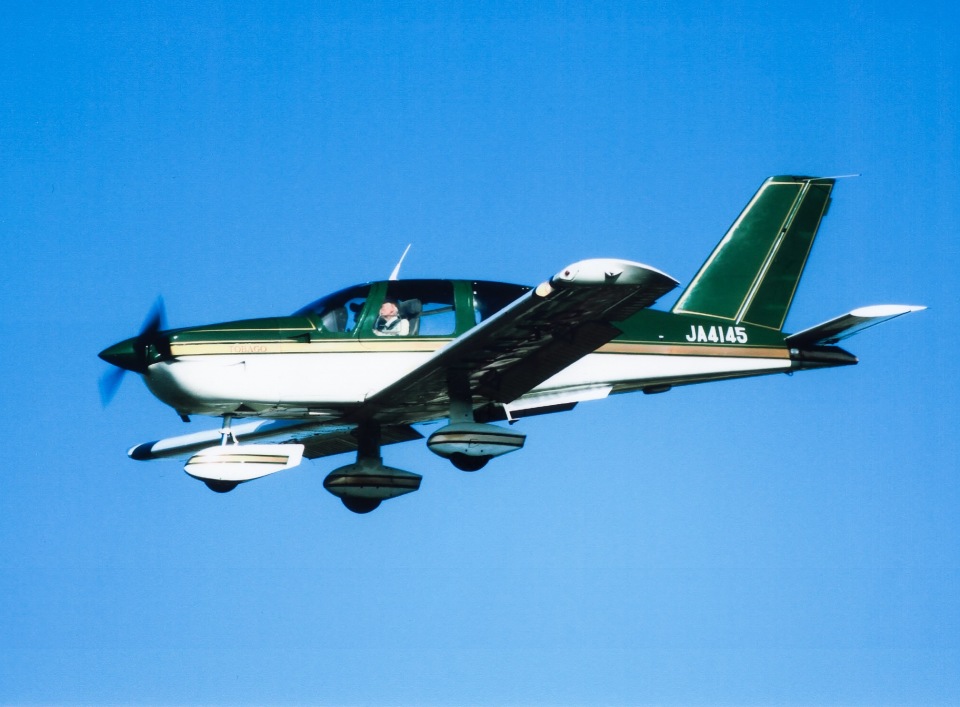It is actually suprisingly easy to give a lower boundary and therefore an estimate of the power consumption in hover for any thruster. It is given by momentum theory which correlates the size of an idealized rotor disk with its power consumption:
$$P = \sqrt{\frac{T^3}{2 \rho A}}$$
where:
- T is the thrust
- $\rho$ is the density of air (or other medium)
- A is the area of the rotor disc (or diameter of thrust tube)
- P is power
You can directly see that the bigger the rotor disc $A$, the lower the power consumption during hover.
Now, this is idealized in the sense that an ideal propeller accelerating air, would need this much power. Real propeller need more power, because of real world effects such as losses at the tip of the propeller or not-ideal drivetrain, mach effects and so forth and so on. These effects can be captured by correction terms such as $\eta_{tip}$ or $\eta_{drivetrain}$ ($\leq1$). Therefore the equation becomes.
$$P = \sqrt{\frac{T^3}{2 \rho A}} \cdot \frac{1}{\eta_{tip} \cdot \eta_{drivetrain}}$$
Therefore back to your question: All you do by adding a ducted fan, is to increase the efficiency of your propeller. Thus, for example $\eta_{tip}$ will rise perhaps from 0.8 to 0.95 or so (values are given only as an example).
But the ducts you depicted serve two purposes:
- They maximize tip efficiency, therefore decreasing power consumption
- They increase the diameter $A$ by "spreading out" the flow of air (for example with the big lip you see at the front of the duct), therefore further decreasing power consumption
Still, small propellers mean insane amounts of power. So much so, that there even was a discussion if for example this concept would even work or if it was fraudulant (unfortunately in german). I strongly encourage you to plug in some values for your favourite upcoming E-VTOL.
However, note the following: Helicopter have big rotors exactly to minimize power consumption during hover. EVTOL concepts plan to spend only very little time in hover, so for some cases it makes sense to take the efficiency hit of higher power consumption during hover in order to avoid having a big rotor during the high-speed portion of flight, because this also comes with a performance penalty.



